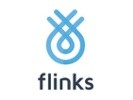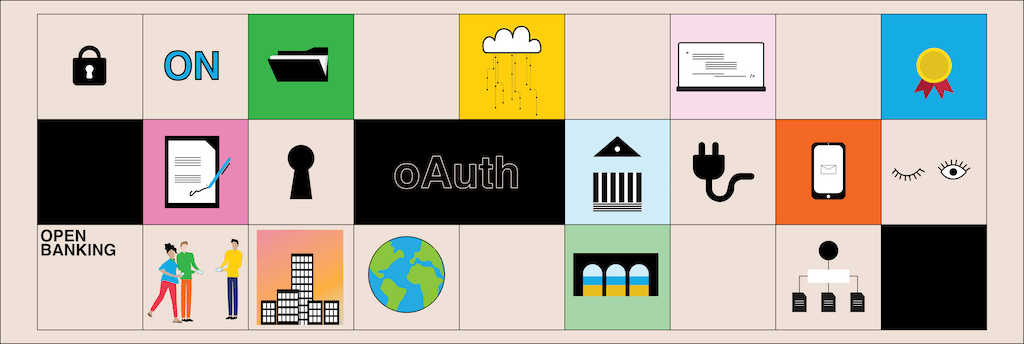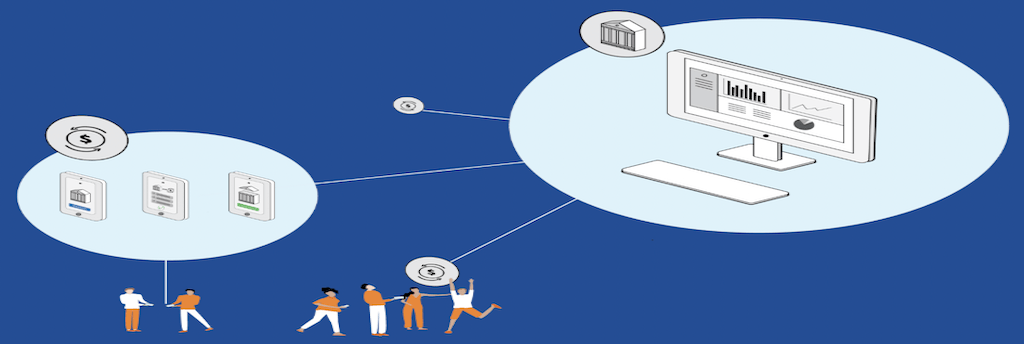
Flinks gives you the power to build the future of finance. Connect, enrich and utilize financial data to delight your customers with amazing products.
Open Banking: Building or Buying
As Open Banking, Open Finance, and Open Data all gain traction, use cases and ways to add value for customers have increased. New applications such as multi-banking—where one bank is at the center of all of your assets for easy consumer visibility—are made possible for banks. Conversion rates and onboarding velocity increase for fintechs as technology improves the experience for consumers. Plus, everyone receives greater visibility into how data is being accessed, shared, and used.
Open Banking et al means that any financial institution should be able to connect to any fintech or third-party application. But if any institution can connect to any application directly, what place does an intermediary or financial data aggregator such as Flinks have? What value does having someone managing the data and connections in between add? Wouldn’t it be easier to create a separate Open Banking Ecosystem?
Before you begin building your own network there are a few things to consider about a data aggregator’s unique position:
- Open Banking in the UK & Australia
- 4 Reasons Why Financial Aggregators Are Still Preferred
- Flinks OAuth Connectivity
- There are no new fintechs or financial institutions in the UK.
- Third-party providers (financial data aggregators) such as Flinks are still the most reliable way to connect fintechs to financial institutions.
Let’s dive in, shall we? First up—the current state of financial data connectivity.
Open Banking in Australia
According to the Open Banking Directory and its tracker, there are 29 Banks & Account Providers, 33 Bank APIs, and 17 API aggregators but no third-party providers. Put plainly, no fintechs have exposed their APIs publicly for the directory to track. Though it’s possible the tracker’s data is incomplete, it does indicate that 17 or more data aggregators are alive and well in an Open Banking world. This implies fintechs are not connecting to Open Banking APIs directly and are instead using financial aggregators like Flinks to access banking data. Even in an Open Banking world, financial aggregators are still the preferred way to connect to customers’ banking data.
Open Banking in the UK
The United Kingdom was the first country to adopt an Open Banking regulation in 2018 and mandate Open APIs. With Open APIs and the right talent, any fintech should be able to connect to any financial application or institution. However, as of June 2022, no new regulated third-party providers (fintechs) have joined the ecosystem since September 2021. If no new fintechs have joined the ecosystem in almost a year, this can only mean one of two things:
Assuming it’s number two, as option one is improbable—if not impossible—what reasons might there be for not connecting banks to fintechs directly? There are four possible answers.
4 Reasons Why Financial Aggregators Are Still Preferred
1. Experience Connecting Financial APIs
Historically, fintechs and banks have had a relationship that’s focused more on competition than friendship. Therefore, they haven’t invested much time into how they might build trust, let alone financial connections together.
Plus building new connections with Open Banking APIs can take up a lot of time and energy. A new connection to a financial institution can take months or years depending on whether you have the experience and dedicated resources. Flinks has been a leader in helping banks in North America improve their financial connectivity with teams focused on connecting to APIs and can attest that no two APIs are the same.
A new connection to a financial institution can take months or years depending on whether you have the experience and dedicated resources.
2. Building a Network of Partnerships
Partnerships take time and trust to build, and at a relationship’s core there needs to be value in it for both parties. In the case of Open Banking, for financial institutions and fintechs this need for value translates to: what do I receive by building a direct connection with you?
In many cases this comes down to whether you have enough volume (monthly or annual end user connections), to justify a fintech or financial institution providing dedicated resources for you to connect. Part of having that volume is securing a unique position in the market, brand equity, among other things. To dedicate resources, it needs to be worth the investment.
3. User Experience & Data
Building an excellent user experience takes a lot of time, resources, and data. It requires a large volume of connections and hours of testing in order to make data-backed decisions. Concerted efforts are required to create feedback loops with users to get more information around their experience with their business and overall performance. And to gather enough data, positive tests, and volume, requires more dedicated resources for building and analysis.
4. Domain Authority
Lastly, not all institutions want to prioritize their resources, nor have a customer type that will allow them to successfully implement their own Open Banking API. For many, neither the logo they’re attracting—or the work needed to position such a solution to their market and industry—is likely to balance out the investment into building an Open API connection. With Open Banking coming to Canada in 2023, buying a solution for compliance and safety could be the best option.
Flinks OAuth Connectivity
For five years, Open Banking is what Flinks has been focusing on and leading the way. We’ve been connecting various fintech products and services to customers by enabling access to user-permissioned data. Throughout this time, we’ve built partnerships with fintechs, financial institutions, and financial service providers, gathering extensive information and insights on Open Banking best practices.
If there’s one thing we’ve learned, it’s that there is no consistency in connecting applications, and any changes to their APIs can result in downtime for your end users. As an experienced data aggregator, we have a dedicated team ensuring the reliability of our connections, which can minimize and eliminate downtime for end users. When there is an issue, we have the resources to create visibility and triage the problem.
By becoming experts at connecting a variety of applications, we’ve helped to support millions of users and applications. In return we’ve been able to accumulate a wealth of data for our data science team, specializing in financial aggregation. This has allowed us to analyze the millions of connected users to inform our products and best practices for user workflows, from authentication to onboarding.
Powered by People
Outside of our specialized developers and product team, Flinks has built a strong customer facing team. We understand the complexities of implementing an Open Banking product. Our Outbound solution includes a dedicated project manager, relationship manager and technical account manager who will work directly with you to ensure that your customer lifecycle goes smoothly.
Plus, our goal is to guarantee that you and your team are able to get the most out of Flinks’ offering. For us it’s not set it and forget it: we want to increase your conversions and reduce friction to create value for your business. We operate as a strategic partner—not just a vendor—and will share responsibility with you.
Overall, to have a successful Open Banking Ecosystem, teams need a lot of resources including (but not limited to) personnel, budget, and tools. These resources enable businesses to build and maintain reliable connections and relationships with all necessary partners. However, creating this type of network takes a significant time to build—and even longer for adoption to occur.
At Flinks, we’ve spent years creating effortless onboarding experiences for end users, studying our customers’ workflow performance for conversion rates, and helping clients create value for their customers. We have the data, insights, and partner ecosystem that has allowed us to build Canada’s first Open Banking Ecosystem.

You might also like

Open Banking, Open APIs, OAuth: What Does It All Mean?
Curious about the technology that powers Open Banking? Learn about Open APIs, OAuth, and how they enable a more reliable connectivity.
